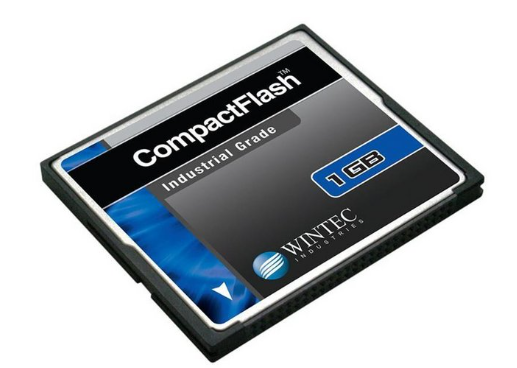1. Flash Cards
Overview of Compact Flash Cards
History and usage in devices like cameras, camcorders, and industrial equipment.
Advantages and limitations of CF cards compared to other storage media.
Importance of Repair Utilities
Why CF card data loss occurs.
Common scenarios leading to CF card corruption (e.g., improper ejection, file system errors, physical damage).

2. Understanding Common Compact Flash Card Issues
Corruption of File System
Explanation of file system corruption (FAT32. exFAT) and its causes.
Physical Damage
Causes and signs of physical damage to CF cards.
Data Loss Due to Accidental Deletion or Formatting
How accidental deletion or formatting can lead to data loss.
Bad Sectors
What are bad sectors, and how do they affect CF cards?
3. Features of a Good Compact Flash Card Repair Utility
User-Friendly Interface
Importance of an easy-to-navigate interface for all users.
File System Repair Capabilities
Ability to repair various file systems (FAT, FAT32. NTFS, etc.).
Data Recovery Features
Recovering lost or deleted files.
Bad Sector Repair
Tools that can identify and attempt to repair bad sectors.
Compatibility
Support for a wide range of CF card brands and capacities.
4. Top Compact Flash Card Repair Utilities
Tool 1: Software X
Features, pros, cons, and step-by-step guide.
Tool 2: Software Y
Features, pros, cons, and step-by-step guide.
Tool 3: Software Z
Features, pros, cons, and step-by-step guide.
5. Step-by-Step Guide to Repairing a Compact Flash Card
Step 1: Back Up Your Data
Importance of data backup before attempting repairs.
Step 2: Use the CF Card Repair Utility
Detailed instructions on using the chosen utility to scan and repair the CF card.
Step 3: Handling Physical Damage
What to do if the CF card is physically damaged.
Step 4: Verifying the Repair
How to check if the repair was successful.
Step 5: Preventative Measures
Tips on how to avoid future CF card corruption (e.g., proper ejection, regular backups).
6. Case Studies
Case Study 1: Successful Data Recovery from a Corrupted CF Card
Real-life example of data recovery.
Case Study 2: Repairing a CF Card with Bad Sectors
Detailed walk-through of repairing bad sectors.
7. Common Mistakes and How to Avoid Them
Using Unreliable Software
Risks of using low-quality repair tools.
Skipping the Backup Step
Importance of backing up before repairs.
Ignoring Physical Damage
Consequences of not addressing physical damage.
8. Conclusion
Recap of Key Points
Summary of the importance of using the right tools and following the correct steps.
Final Thoughts
Encouragement to use CF card repair utilities as part of regular maintenance.
About us and this blog
Panda Assistant is built on the latest data recovery algorithms, ensuring that no file is too damaged, too lost, or too corrupted to be recovered.
Request a free quote
We believe that data recovery shouldn’t be a daunting task. That’s why we’ve designed Panda Assistant to be as easy to use as it is powerful. With a few clicks, you can initiate a scan, preview recoverable files, and restore your data all within a matter of minutes.
Subscribe to our newsletter!
More from our blog
See all postsRecent Posts
- Hard disk bad block repair 2025-04-11
- Truenas will scrub repair disk 2025-04-11
- Hard disk repair dubai 2025-04-11

 Try lt Free
Try lt Free Recovery success rate of up to
Recovery success rate of up to









